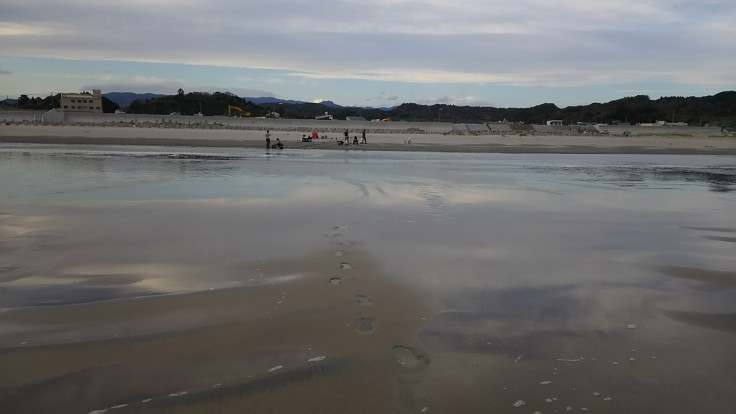Japan ponders releasing 1m tonnes of radioactive Fukushima water into the sea

KEY POINTS
- The other option is to wait until another tsunami strikes
- Local fishermen are resisting the move due to a bad reputation in the aftermath of Fukushima.
Japan has to choose between two evils. Since a tsunami struck the Fukushima Dai-ichi nuclear plant on the East coast of the country, the Japanese prefecture of Fukushima has had to deal with a severely contaminated nuclear power plant, and 900 tanks filled with radioactive water that need to be pumped from the station everyday. It is a costly vicious circle, and the amount of stored water just keeps growing.
In order to solve the problem for good, the Japanese government has been advised to gradually release some of that water into the Pacific Ocean.
The radioactive water has been treated and drained from harmful chemicals. The only radioactive element remaining is tritium, which experts think is safe in small amounts. However, if the tanks were struck by another tsunami, unregulated amounts of tritium could contaminate the water and cause more damage.
Tokyo Electric Power Co. - TEPCO - is the utility in charge of the plant. Another expert panel advised they dilute the water up to 50 times and release about 400 tonnes to the sea everyday. It would take about 10 years to complete the task.
TEPCO's chairman Takashi Kawamura initially supported this plan, but his decision outraged the local fishing community. He has since then left it to the Japanese government to decide, saying the locals would not trust him.
Local fishermen are protesting the move. According to them, since the nuclear disaster, fish from the Fukushima coast has had a bad rap. In spite of repeated tests showing the fish was safe to eat, the region's inhabitants are just not hungry for what they deem 'radioactive' sushi.
Fishermen think releasing radioactive water into the ocean would harm the region's recovery even further." People would shun Fukushima fish again as soon as the water is released," Fumio Haga, a dragnet fisherman from a nearby city told the Associated Press. Another said that all efforts to recover from the effect of Fukushima on the fish trade would come to nothing if the water was released.
But the status quo can only remain for so long, and the authorities will eventually need to settle for one solution over the other.
Water levels at Fukushima keep growing because groundwater seeps through cracks of the containment chambers and mix with the radioactive waters of the cooling chambers in the plant's basement. Heavy rains increase the amount of water significantly.
For the past six years, TEPCO has been pumping radioactive water from Fukushima Dai-Ichi every day. This is to prevent the plant's reactors from overheating. If they stopped, the nuclear core of the plant could go into meltdown, resulting in a Chernobyl-style scenario. Once treated, 210 tonnes of water is reused as cooling water for the reactor, while the remaining 150 tonnes is stored in tanks.
TEPCO has tried about everything to reduce the flow of groundwater coming into the plant. They dug wells all around the plant to try and pump the water before reaching the containment chambers and even built an 'ice wall' - partially freezing the grounds around the reactor to keep water at bay. These attempts have all cost the utility a lot of money but with very meagre results.
TEPCO said it could keep storing water until 2020. Other experts have proposed moving the water-filled tanks to another storage area, or delaying its release until 2023, when half of the tritium contained in the water would have disappeared naturally.






















